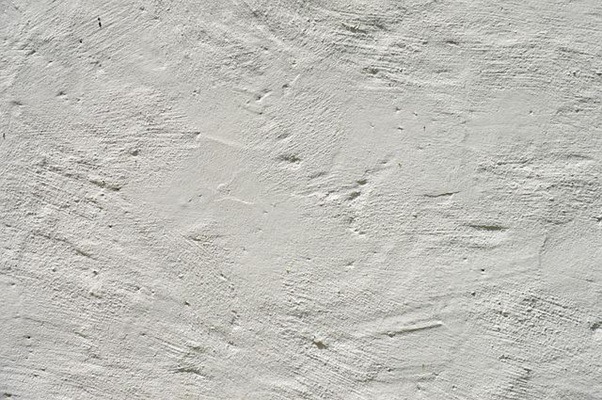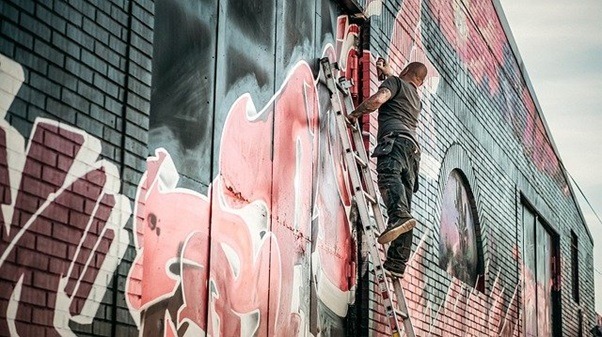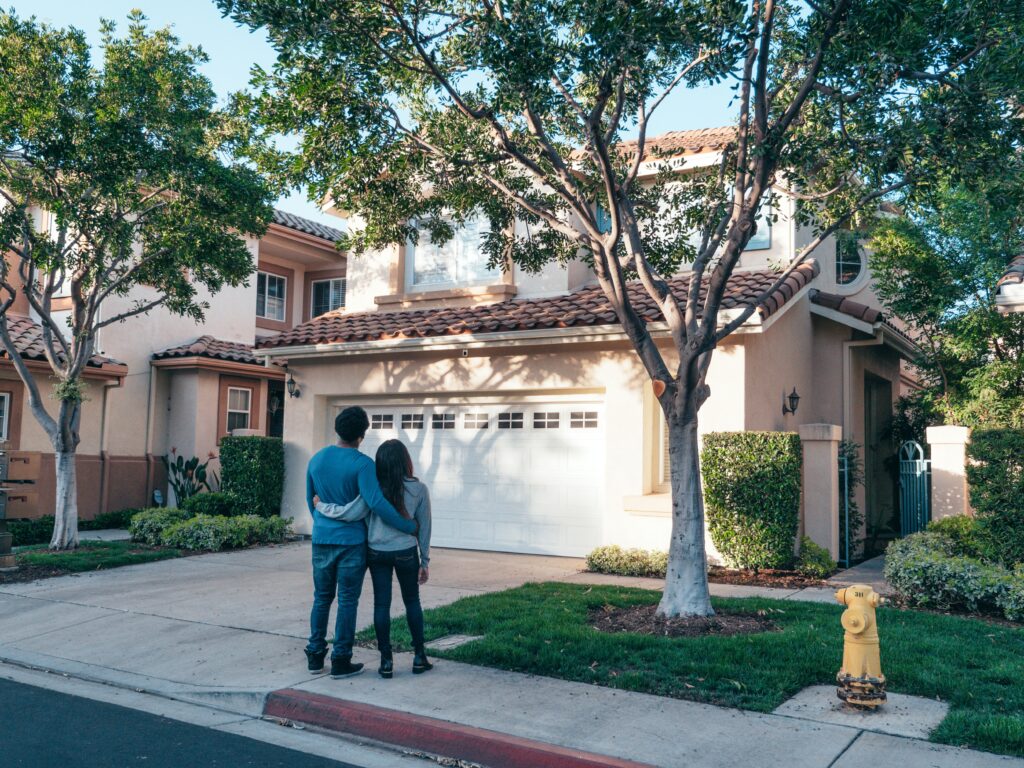Monocouche rendering is an excellent way to protect your home from bad weather, and to ensure it looks fantastic. No matter your taste or style, there is a colour and finish perfect for you.
A great feature of monocouche solutions is it only takes one coat. This is seen in its name, which is a French term, and is taken to mean a single layer or bed. So, you only need one layer of monocouche rendering, and it will last some time! Some homeowners use two coats, but one layer is often all you need.
What are the leading monocouche render issues?
While monocouche rendering is an excellent solution to protect property, and cheaper than many other materials, it would be wrong to say it is a flawless solution.
Industry experts approve monocouche render for external wall projects
The British Board of Agrément (BBA) has more than 50 years advising builders and architects, and in recent years, they recommend high quality monocouche rendering and plastering. In their consideration, if monocouche rendering fails, it is likely a fail on behalf of the building, with rendering problems mirroring what is going on underneath, you should have an inspection carried out.
The following issues cause problems with monocouche rendering:
- Low quality brickwork
- Poorly designed foundations
- Installation of the roof before block work had cured
- Blocks were laid in sub-zero temperatures
- Stains occurring over time
If you are concerned about the quality of the building, work closely with an expert. It might be possible to use mortar to improve the home’s condition. Mortar is thick and consistent, and often an essential component of the home-building and improvement process.
Issues With Monocouche Rendering
In the UK, monocouche renders originally appeared in the 1980s and 1990s, and they swiftly replaced more conventional rendering methods as a preferred alternative.
But since it was still early on, the tools and processes were kind of experimental. Contractors and manufacturers alike have had plenty of opportunities to investigate any risks since then.
And what has been found thus far is as follows:
Hairline Cracks
Monocouche render can be vulnerable to cracking even if it has an anticipated lifespan of around 25 years. This should not be shocking as all renderings have a chance of failing.
These need to be restricted to hairline fractures unless you have a significant subsidence concern. They may ruin the finish and let moisture in, even though they are typically not very noticeable.
The issue is brought about by the building’s structure shifting, which is a universal property of all structures. The amount of movement affects how bad the cracking problem is.
Sand and cement render is more prone to cracking than monocouche render because of its flexibility. Nevertheless, because it is made of cement, it may gradually break over time if the exterior wall surface shifts.
How Can This Be Fixed?
Contractors will insert a fiberglass mesh that supports and reinforces the render in the first pass of a wall that is prone to movement. Future occurrences of hairline cracks should be avoided as a result.
It should not dry too rapidly to avoid breaking just after the render is applied. If the project is to be finished during the warmer months, a skilled render specialist will know to avoid doing the task in bright sunlight or strong winds and will start to work early in the morning.
Monocouche rendering is not recommended for painted substrates, it is crucial to highlight. The job must begin with the removal of all paint.
It Doesn’t Resist Water
Perhaps you have observed that the UK experiences a lot of rain? Consequently, your render must be as watertight as feasible.
Monocouche render is not entirely hydrophobic, which is unfortunate. That is, unlike silicone render, it often does not repel water. But to a greater extent, it is still regarded as waterproof and weatherproof.
The microporous nature of this type of render makes it ideal for regulating thermal pressure as the surface of the wall warms and cools. The problem is that this microporosity permits moisture to enter, which may encourage the growth of algae and result in discoloration.
How Can This Be Fixed?
If left for too long, this green stain will become ugly and difficult to remove. Applying a sealant with a siloxane base over the render is the best technique to prevent it. If not, be ready to clean it frequently (see the section below on care) or look into alternative render materials.
As these goods are always being developed, talk to your selected contractor about the possibilities available. They will look for the finest company and item to meet your requirements, and they might be able to suggest one that has extra features to maximize its waterproof capabilities.
It is challenging to patch and repair
Repairing any damage to a monocouche render is not always simple, but it’s not impossible either.
When blended with water, the dry powder form of this product is provided onsite in bags. It is through-colored because it is made with white cement and pigment. If bright colors were utilized in the initial render, finding an exact color match while fixing a damaged portion may be quite challenging.
The last thing you want is a patch that contrasts significantly with the rest of the structure because this would ruin the overall impact.
The longer the current render has been in place, the more difficult this work becomes.
How Can This Be Fixed?
Start by using a recognized business. These are the folks you should get in touch with if repairs are required since they have the skills and expertise to address the issue effectively and promptly.
After the repair is finished, they will probably advise applying a thin new layer of render to obtain a smooth, uniform finish on the whole surface.
Maintenance Is Required for Monocouche Render
While not a major issue (all renderings require some upkeep!), it does imply that you will need to put in some effort to keep it looking neat and new.
Although opinions and experiences vary, it appears that monocouche rendering might eventually begin to look worn out. There is an accumulation of filth, and algae can occasionally be a problem.
Therefore, you will not have to paint your outside walls, but you still need to clean them.
How Can This Be Fixed?
Again, use a reputed renderer since they will treat the substrate (the bare wall surface) with an antifungal solution before beginning their job.
Every six to twelve months, you should ideally wash down your walls as well. This can be done manually or with a pressure washer. But you must make sure the nozzle is set to spray rather than a jet, otherwise, you risk ruining the render! Perhaps the best method for gently removing dirt is to use a soft brush and soapy water. Regular cleaning is better since it prevents the accumulation of dirt and algae, which means you will not need strong detergents later.
You might need to wash the render down more regularly if you live in an area where there is a lot of inclement weather since there is a higher chance of dirt or algae building up. You can use a fungicidal detergent, but before using it, you should always be aware of potential risks to people, pets, and animals.
Does monocouche render crack?
Yes, over time, all rendering cracks. Yet, monocouche render is flexible, making it a more dependable rendering solution than many options. For external walls, monocouche is an affordable solution that requires little maintenance.
Preventing cracking with monocouche rendering
A factor which leads to monocouche rendering cracking is the surface drying too fast. Ideally, people shouldn’t apply the rendering in direct sunlight, nor when there are strong winds.
You should also review the condition of the property and external walls. If there are cracks or existing stress points, you should consider reinforcing the wall. Quite often, monocouche rendering cracks because of the house, not the rendering itself.
You should also take care to keep the monocouche render dry when it is settling. If it is wet, it is more likely to move or crack later, through shrinkage when drying.
Can you paint the monocouche render?
Yes, although you can buy colour monocouche rendering. Pre-coloured solutions are cheap and save a lot of time and effort. You also feel more confident about the finished colour, as opposed to mixing paint. Of course, if your taste changes or you want to refresh your house, you can paint your home and monocouche solution any colour you like.
Also, if stains appear, jet washing the affected areas, and applying a new coat of render makes a big difference.
Painting your home is an option
Painted property looks great, adding a warm atmosphere, but it should also be functional. Painted or naturally coloured renders offer peace of mind to homeowners, and the costs are often affordable. So, if you are concerned about the cost of painting and plastering your house, know there are short and long-term benefits to this job.
Have the coloured house of your dreams
Flexibility isn’t just about choosing between painted options or not with monocouche. Another benefit of monocouche render is you can select the finish you want. Whether you want a smooth texture or a rough finish, the choice is yours. Knowing you have flexibility in presenting your property is a great comfort to many homeowners.
How long does monocouche render last?
It is highly resistant to cracking, rotting and fading, so you can have peace of mind that your property will look great for decades.According to the experts at Sydney Rendering Pros, “Monocouche also performs well against extreme weather conditions, withstanding temperatures that fluctuate from -20°C to +50°C. In addition, it has excellent water-repellent properties which help keep water out of walls, protecting your property’s structural integrity.”With these properties in combination, monocouche render can withstand the test of time and be enjoyed for many years to come.
There are many reasons to choose monocouche render, but durability is a great strength. When monocouche is applied to a high standard, it can survive for more than 25 years, minimising repair jobs at your property.
Hire a professional to care for buildings and premises
Knowing you receive a quarter of a century’s protection from rain and bad weather is all the incentive you need to hire a professional.
Cement render options are available
Cement render is similar to monocouche rendering, as is sand rendering, but there are differences. Monocouche render solutions contain cement, but the cement render finish is less chalky while offering a range of colours.
Sand renders are a viable maintenance solution
A sand and cement render is also called a traditional render solution, so was a fairly popular option for this style of project. These days, sand and cement is no longer the most viable solution, as there are better performing solutions to consider for your building.
Silicone render is a thin and flexible rendering solution
Silicone rendering, such as k rend, is another alternative to traditional rendering, and it has many plus points. K rend is durable, and will last for a long time, sometimes between 20 and 30 years.
This makes silicone solutions, such as k rend a worthwhile consideration when you search for the best way to safeguard your house.
A disadvantage of silicone solutions is they are more expensive than monocouche rendering, but it offers a dependable long-term solution.
Render problems can be overcome, creating a great finish
If you want to avoid problems when you render, make sure your property is in good condition, and hire a professional to do the job. The cost of reliable render work more than pays for itself, extending the longevity of your home.
Don’t forget that monocouche render improves the thermal rating of a home, saving more money in the long term.
Monocouche Rendering Advantages
Monocouche renders are preferred over traditional renders by specialists due to their quick application, durability, thickness, and vast array of creative possibilities for the finish. Some advantages that will influence your decision to choose a monocouche render for your property are listed below:
Less time consuming
For each layer to thoroughly dry before the next one can be applied, rendering takes a few days to possibly a week. However, you will not need to worry about it if you use monocouche render. Since the render is thicker, just one thin coat is necessary.
Offered in a variety of colors
A colored render is called Monocouche. Monocouche renderings are pre-colored in a variety of colors by being combined with cement as a basis. It indicates that since it already includes colored pigment, there is no need to paint on top of it. When the colored monocouche render has dried, the job is accomplished, and your house will have a polished appearance.
Crack-resistant
One of the greatest rendering options is monocouche render because of its versatility. With the aid of certain additives employed by specialists, you may lower the chance of monocouche render crack. You may also choose a high-end, self-cleaning model that needs less upkeep.
Sturdy insulation
Around 15mm of monocouche render is produced by a single layer. It is sufficient to guard your home against these elements and shield you from bad weather. Therefore, monocouche rendering provides effective insulation in a single layer.
Directly applied to bare brick
The direct and simple application of monocouche render on exposed brickwork is possible. You may render older buildings and make additions to your home while maintaining a uniformly clean appearance on the outside walls.
Improved energy effectiveness
In contrast to silicone render, monocouche render has a high thermal efficiency because of its thickness. With monocouche render, your house will be more energy-efficient and warmer in the winter. It is an excellent technique to maintain a comfortable home and lower heating costs.
Durable materials
The monocouche rendering may be used for up to 25 years. Since it was built with high-quality components, you may anticipate that it will endure that long without cracking or needing to be painted again. It is the most cost-effective, long-lasting render on the market.
Weather resistant
Regardless matter how much wind or rain the UK’s unfavorable weather throws at your structure, monocouche render stands up well against conventional sand and other traditional rendering techniques. It has a longer lifespan and is entirely weatherproof.
What does a Monocouche Render Cost entail?
Modern and high-quality products are frequently more expensive, and monocouche is no exception. The monocouche render available in packages weighing 25 kg. Each item ranges in price from £10 to £25, depending on the brand and color. It costs between £8 and £11 a bag and is more costly than the standard sand and cement render.
The cost of the materials is substantially larger than when rendering with monocouche. It is regarded as the sole drawback of utilizing a monocouche. If you look at it from a different perspective, it is the investment you make in your house rather than the expenditure.
Additionally, monocouche render offers a quicker and less expensive application, saving you a significant amount on labor costs. Additionally, it shortens the time needed for housing upgrades.
Furthermore, the cost of monocouche rendering becomes more reasonable when you consider that repainting is not necessary.
Conclusion
For those who desire a render that will persist for a long time, a monocouche render is a wise choice. It is crucial to note that it has flaws and that fractures can appear. Consider getting professional advice before choosing a monocouche render for your home to be sure it is the best option for you.






